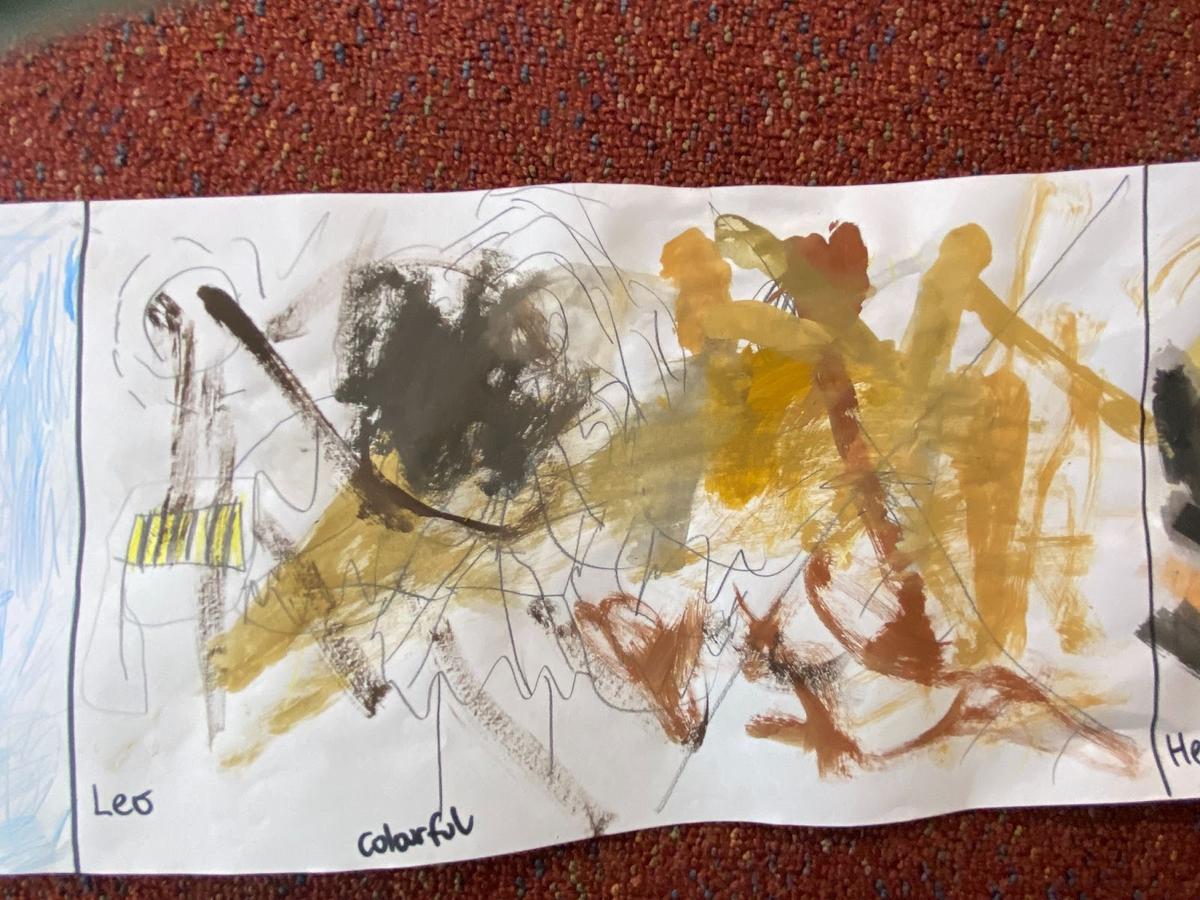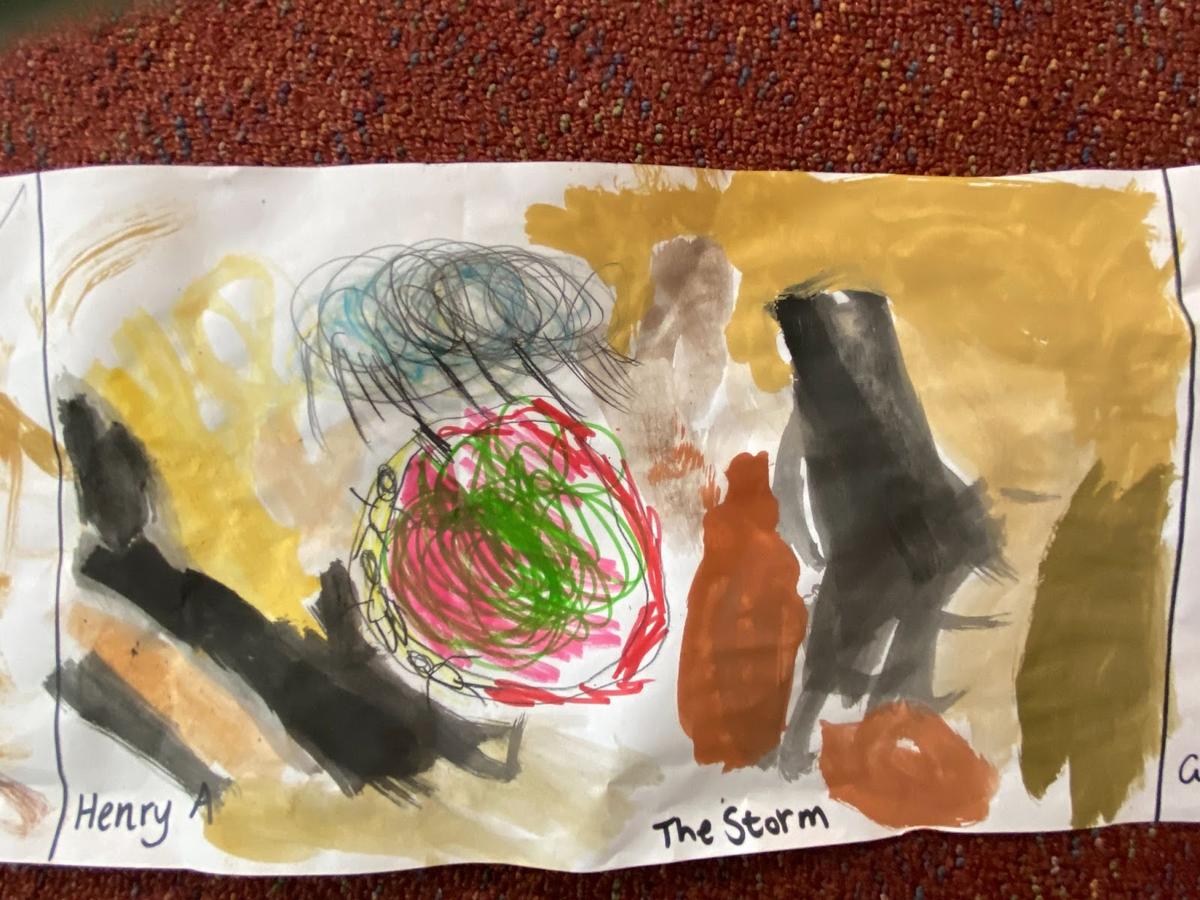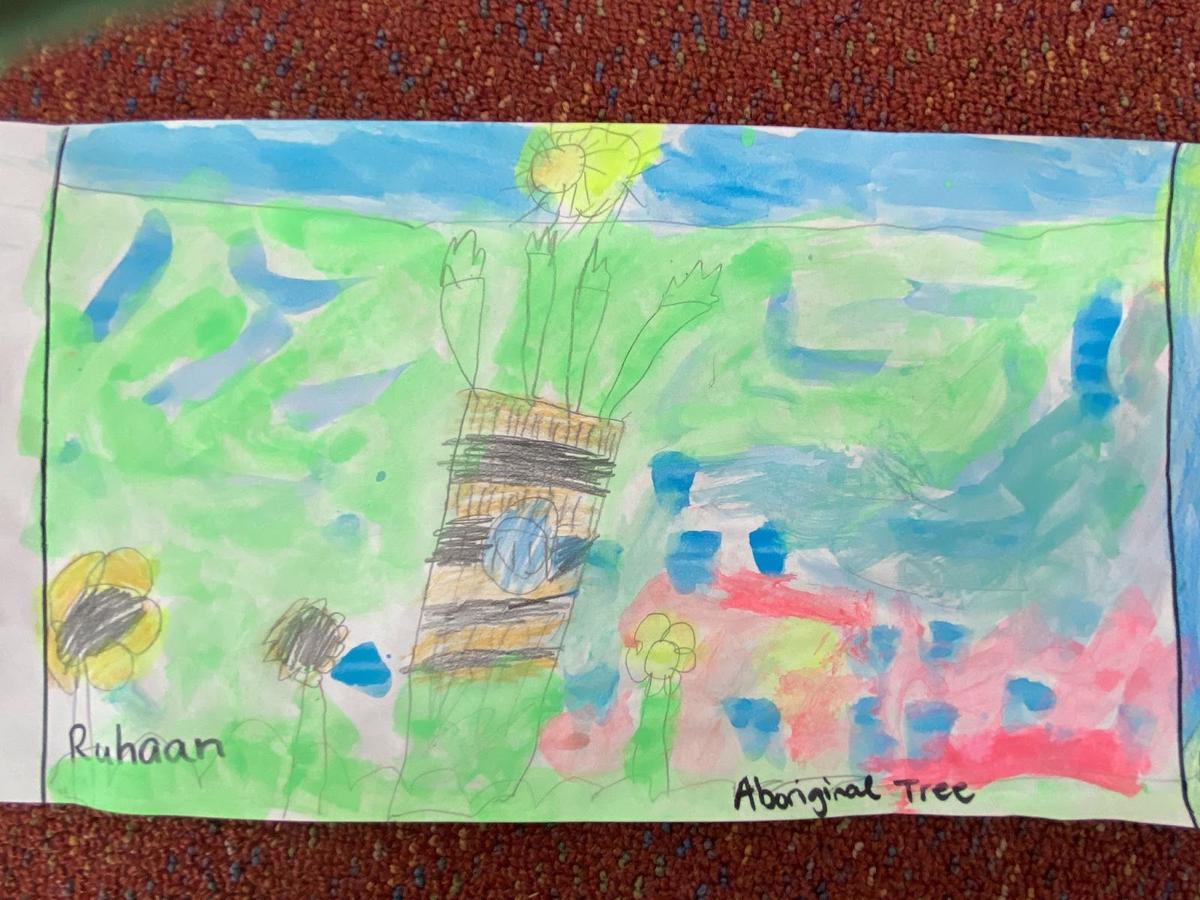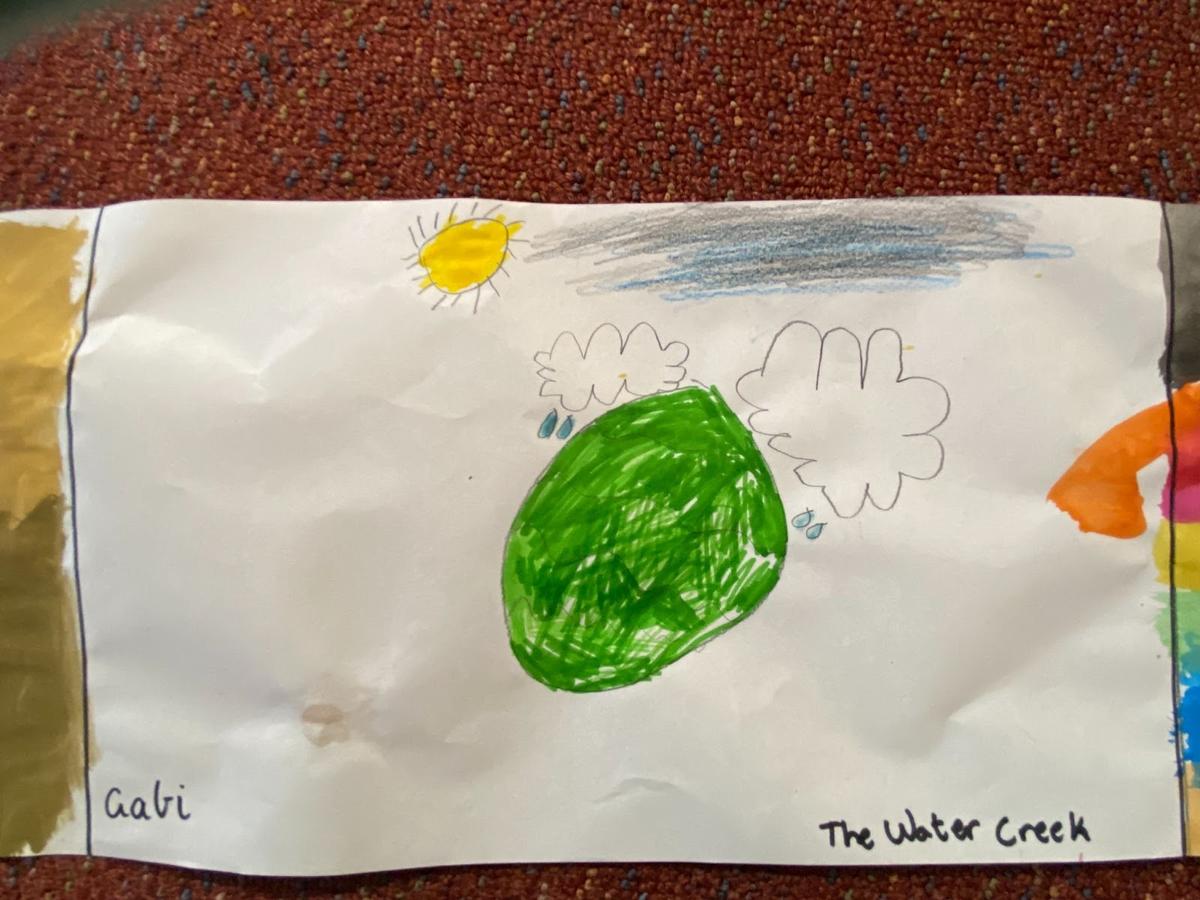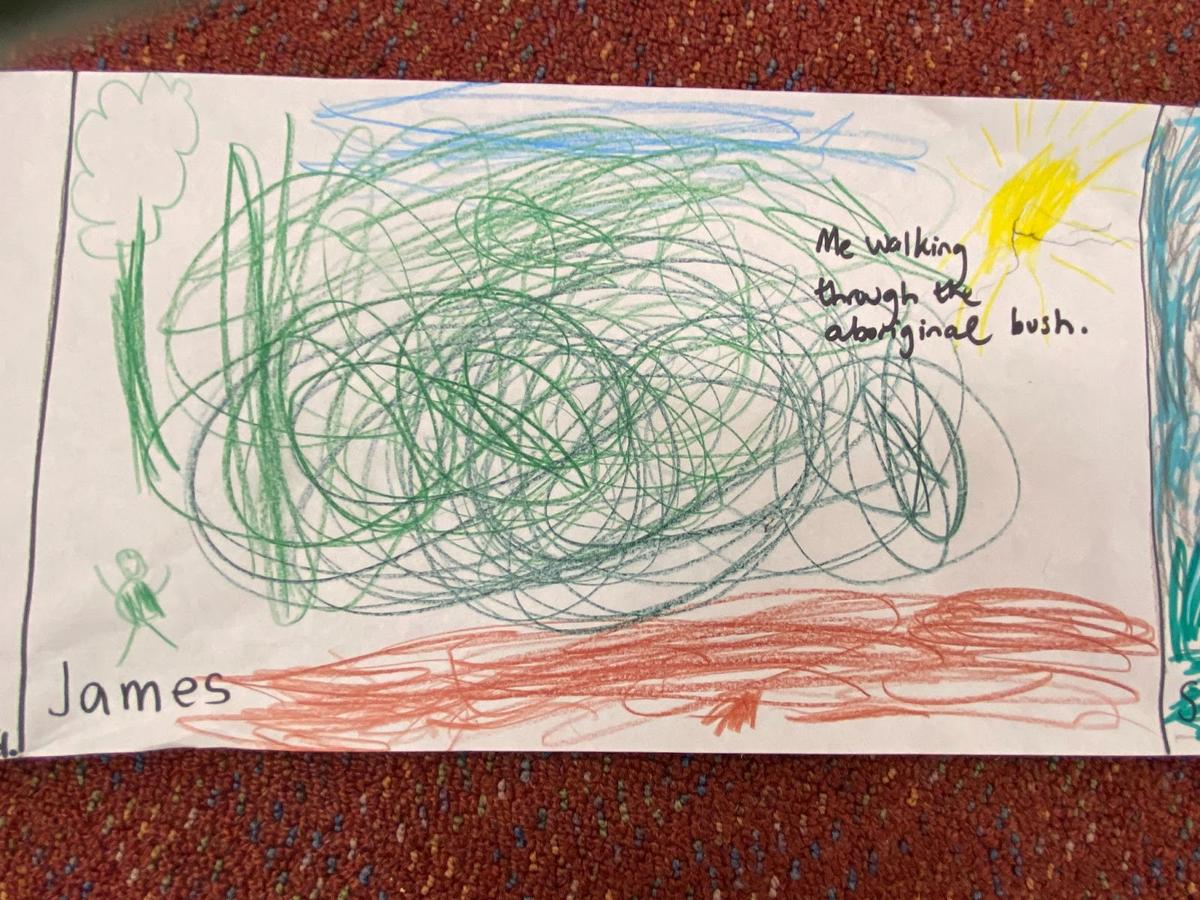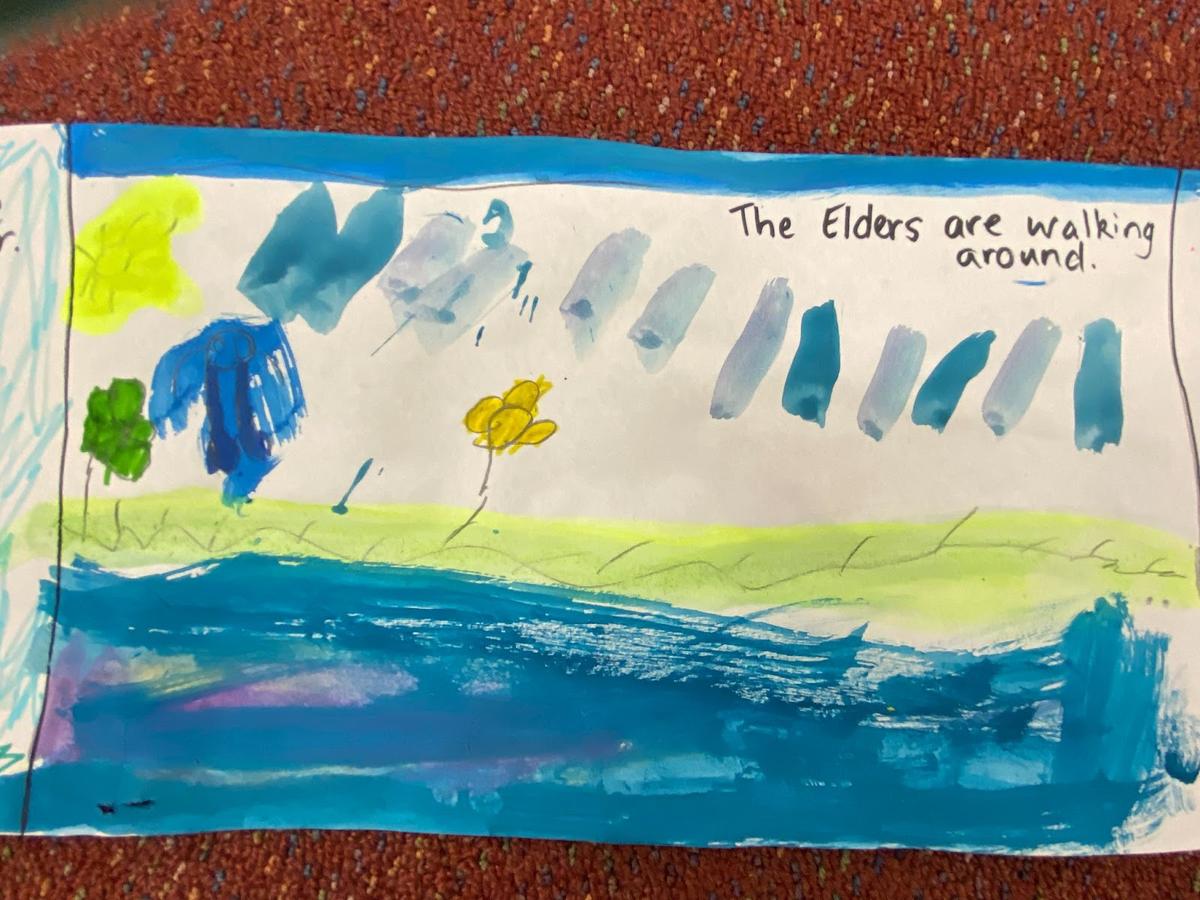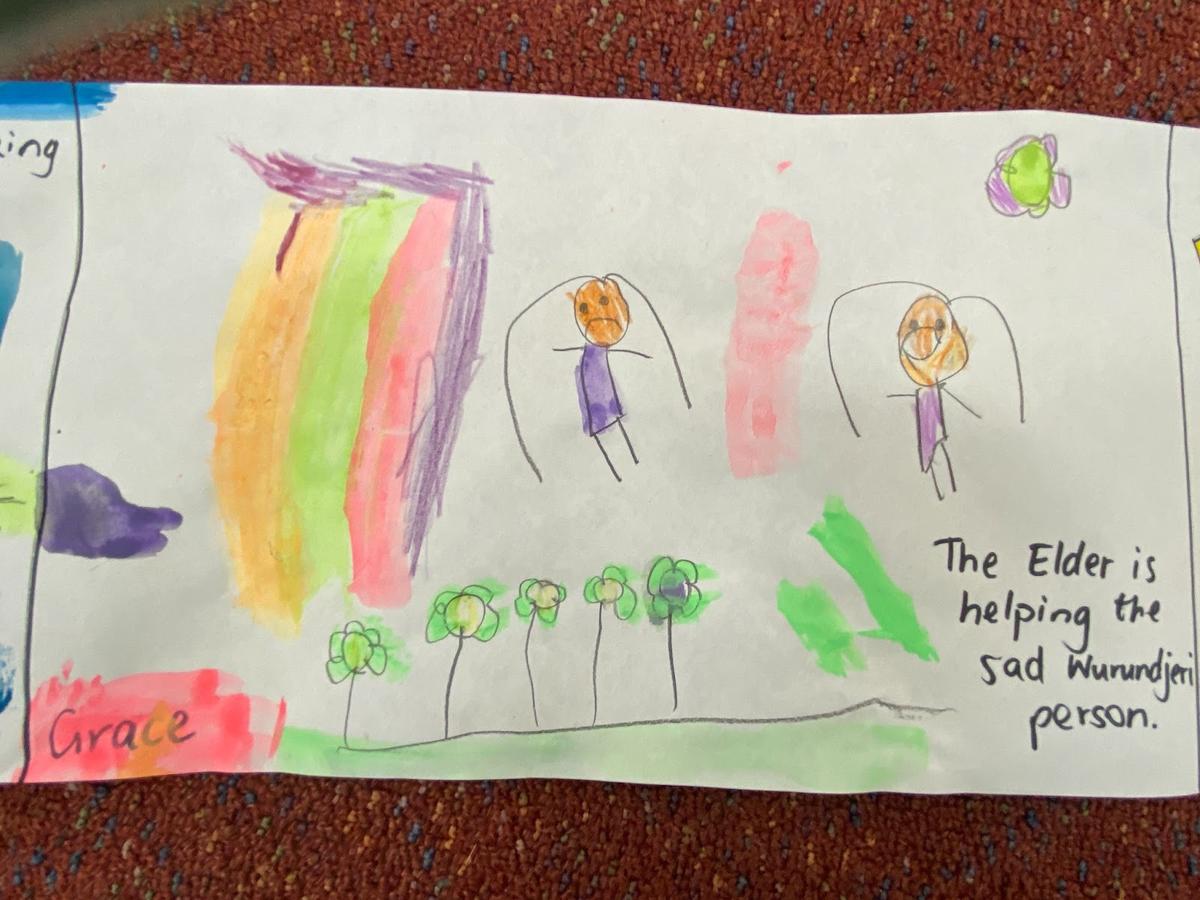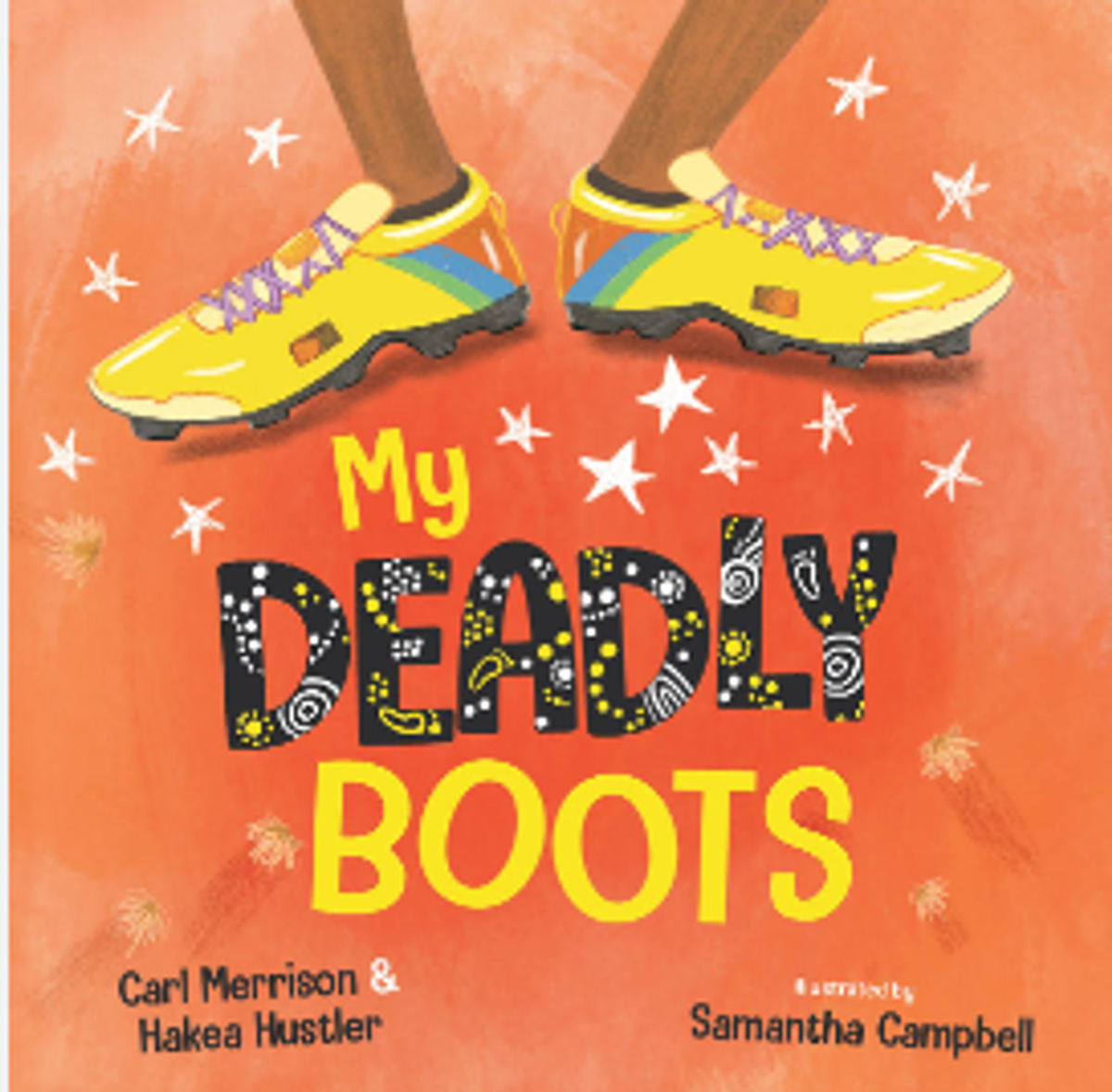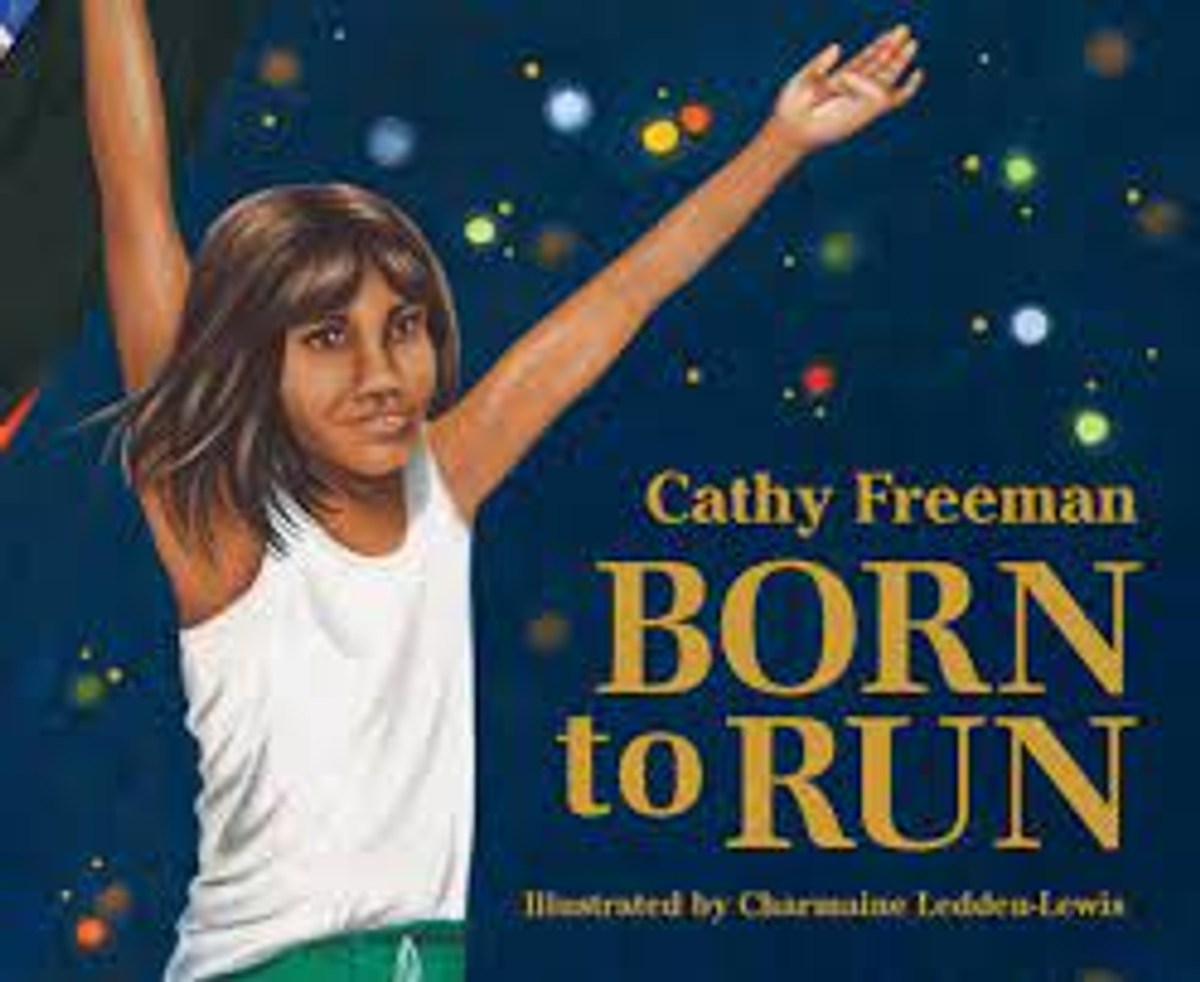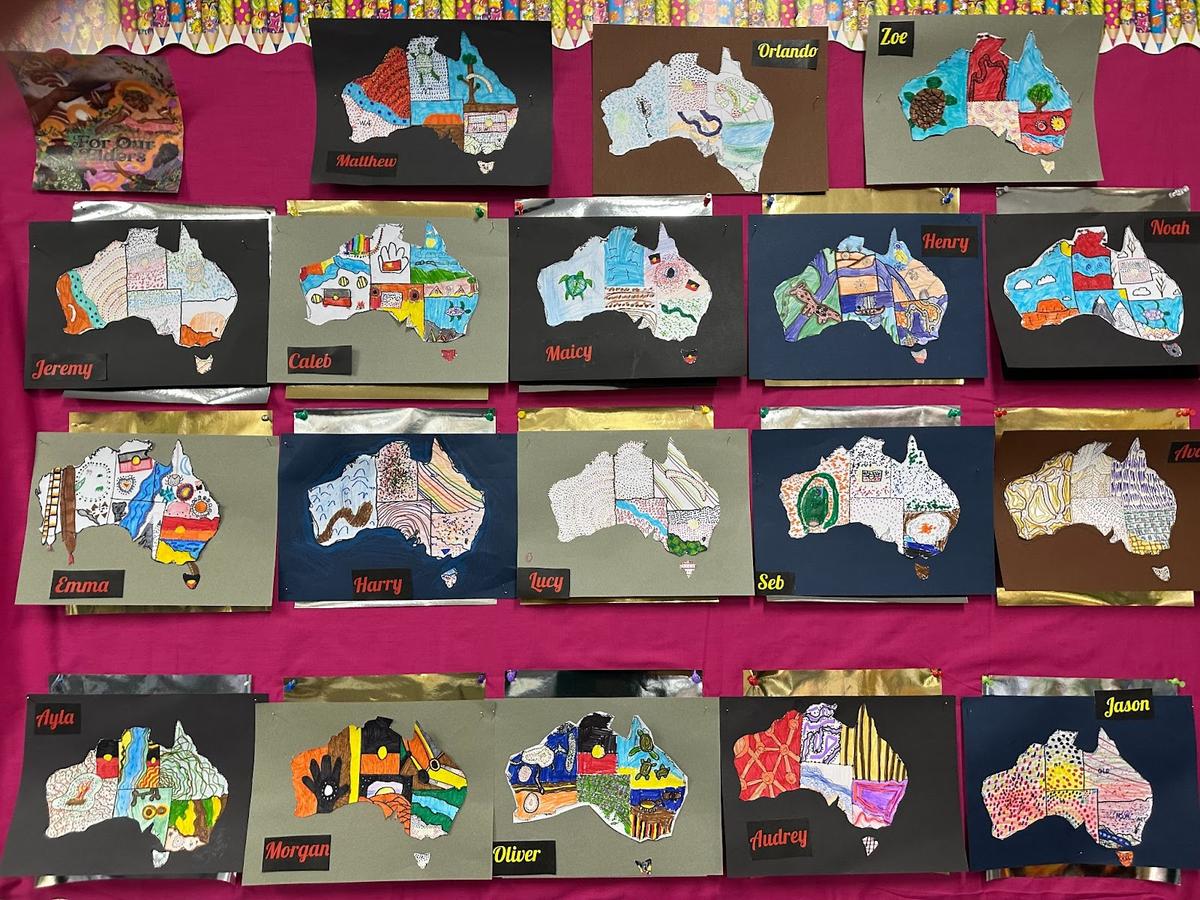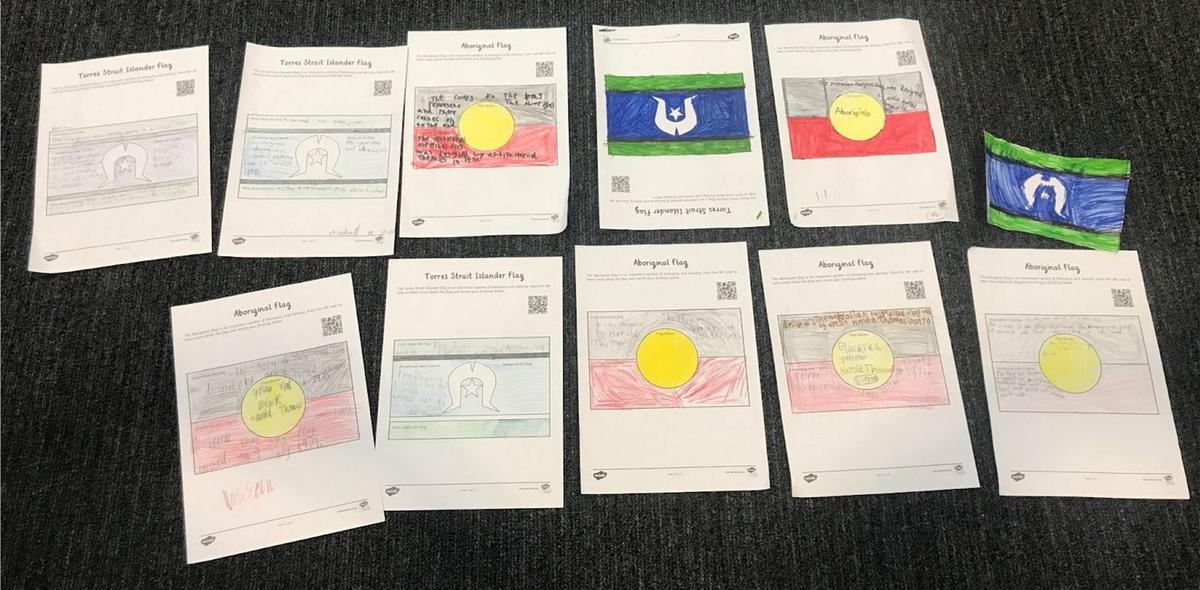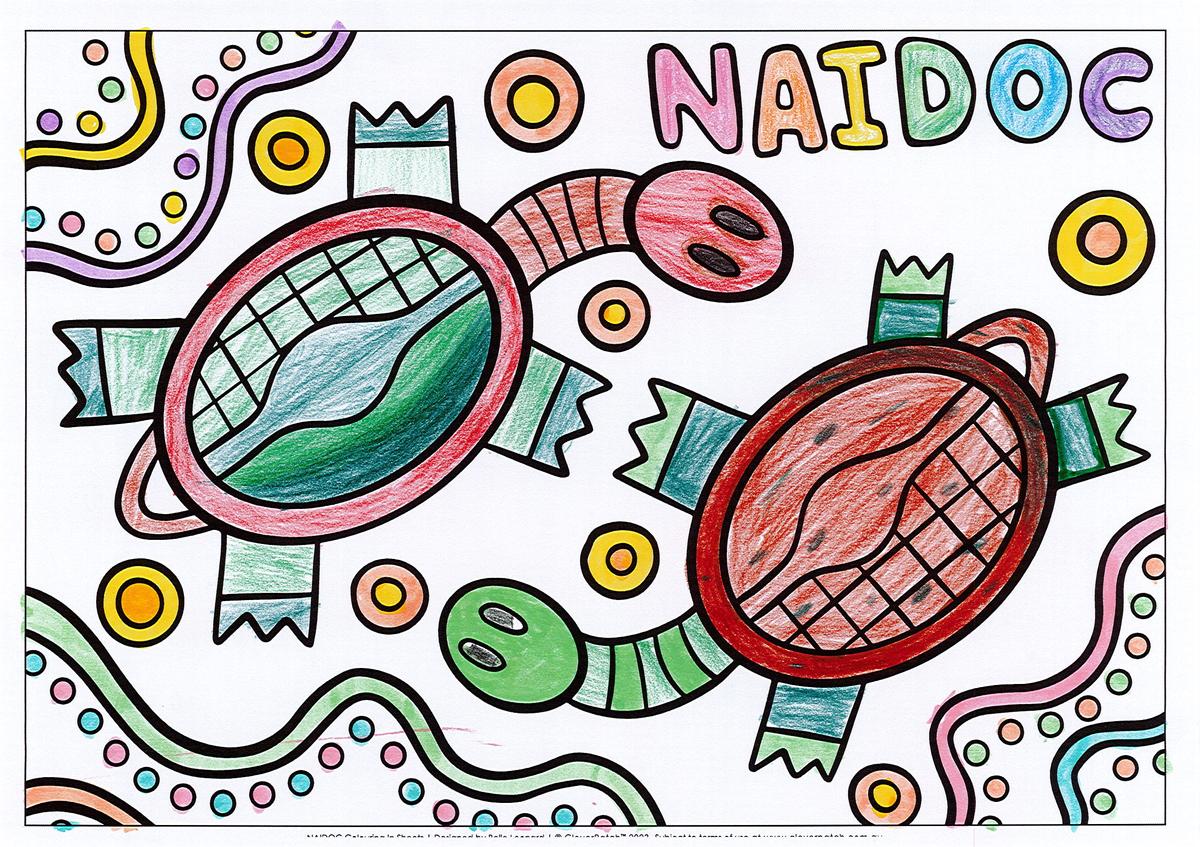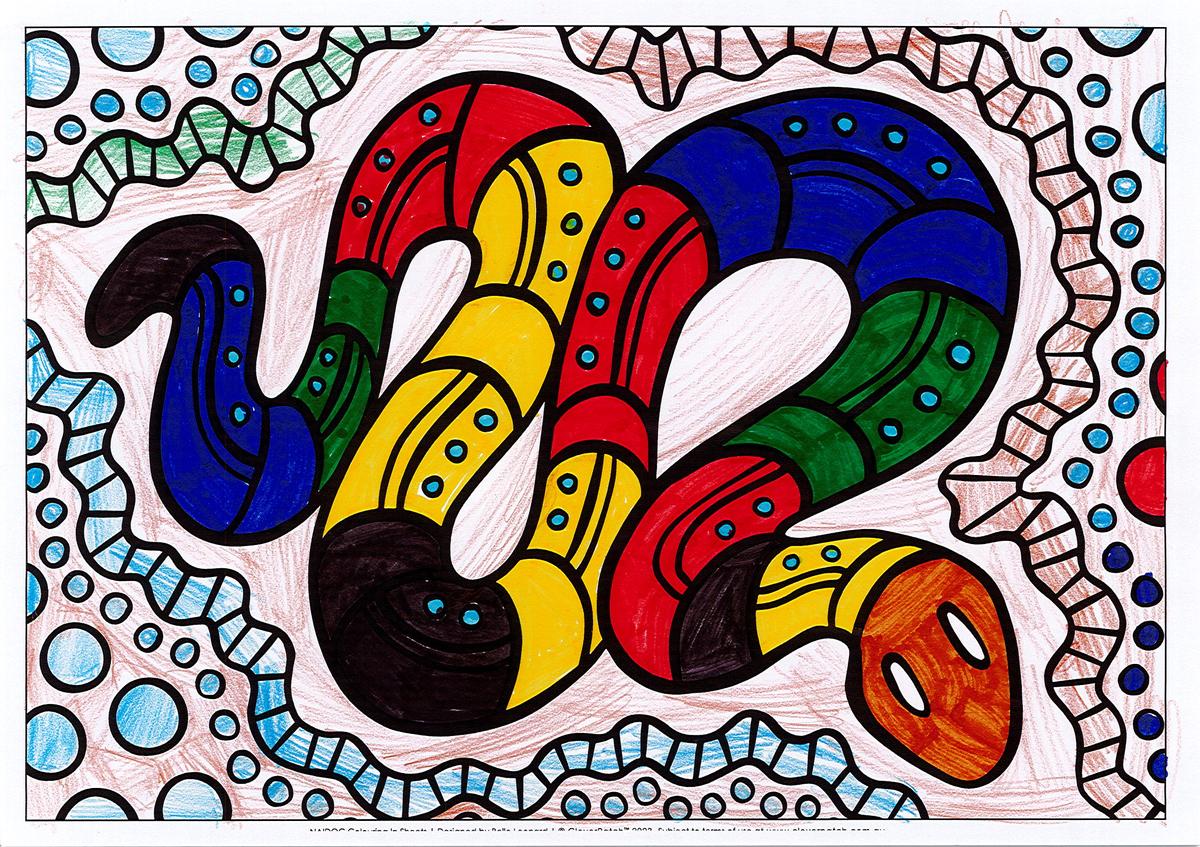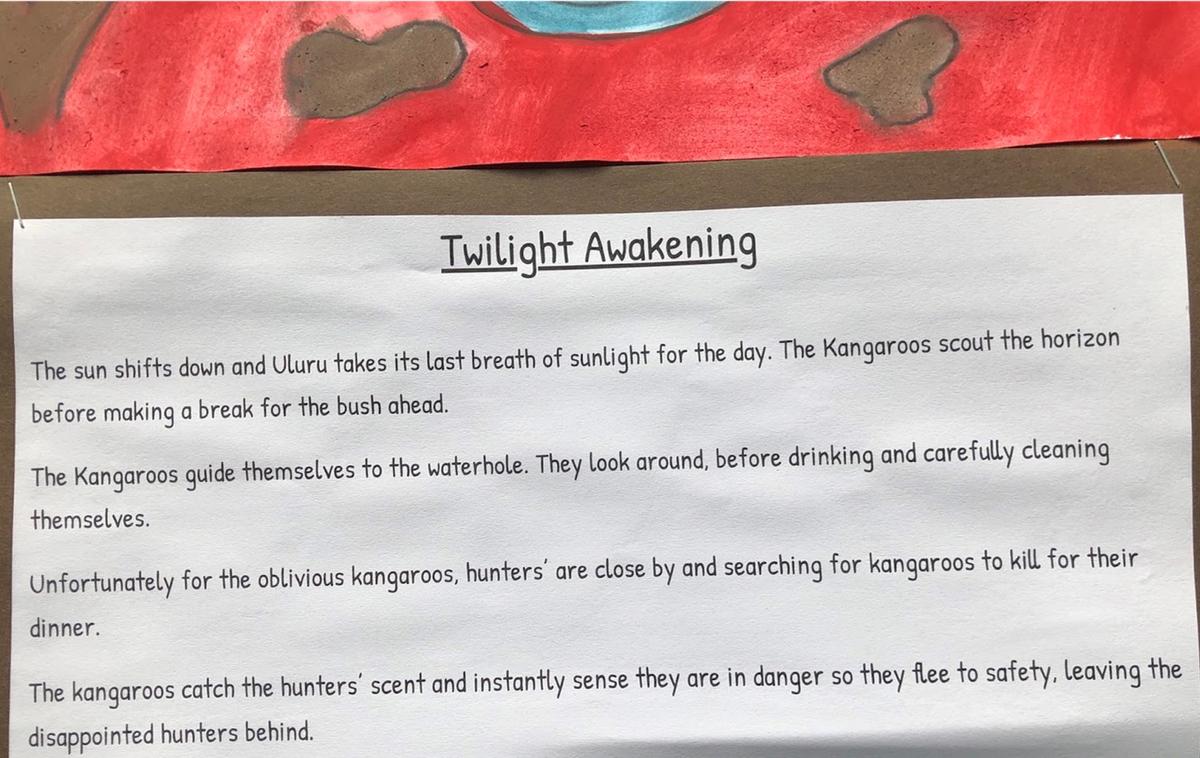NAIDOC WEEK

NAIDOC Week is celebrated every July from the first to second Sundays. As NAIDOC Week falls during the holidays, we acknowledge it as a school in our first week back.
This year the theme for NAIDOC Week was ‘For our Elders’. Across every generation, our Elders have played, and continue to play, an important role and hold a prominent place in our Aboriginal and Torres Strait Islander communities and families. They are cultural knowledge holders, trailblazers, nurturers, advocates, teachers, survivors, leaders, hard workers and our loved ones.
Here is a snapshot of some of the learning that our classes did this week.
Prep
In Prep, the children were introduced to the concept of Elders. We read an article about how Elders teach others in their community the dreaming stories. We read about an Elder teaching others to access water from the Boab tree. We learnt about some famous Aboriginal people such as Adam Goodes, Cathy Freeman, Archie Roach, Jess Mauboy, David Unaipon, Casey Donovan and more. The Preps absolutely loved cheering on Cathy Freeman to win the 400m at the Sydney Olympics! We created a piece of artwork that reflects what we have learnt about the Elders. Many drew images of the boab tree and of the Elders sharing the dreaming.
1/2CH
During NAIDOC week in 1/2CH we viewed ‘My Deadly Boots’ by Jaru Kijaman, Carl Merrison and Hahea Hustler’ and we read ‘Remembering Lionsville’ by Bronwyn Bancroft.
We did lots of other learning about NAIDOC week, including the poster competition available to Torres Strait Islander and Aboriginal Peoples. The winning poster looks like this:
We discussed after we viewed ‘My Deadly Boots’:
- That it doesn't matter what your boots look like, it’s more important what your heart is like.
- You can save up to buy anything you want.
- Don’t leave your shoes by a tree or someone might take them!
‘Remembering Lionsville’ was a story shared by an Aboriginal Elder. It was very long but interesting. The illustrations were amazing with a special picture on the border of each page. Bronywn Bancroft is a sensational illustrator. You should read this book!
1/2RB
We listened to the short clip For Our Elders and learnt about the importance of sharing stories. Our favourite story was Born To Run because we wanted to learn more about Cathy Freeman. We discovered ten facts about her.
- She had an older sister named Anne-Mariewho suffered from cerebral palsy. (Maddison)
- Cathy has two older brothers. (Alexander)
- When they were younger, her brothers could run faster than her. (Grace)
- She won the 2000 Olympics 400m by a clear 5m. (Eamon)
- Cathy’s sister died after she won gold at the Commonwealth Games. (Alessia)
- She didn’t think she would win gold at the Olympic Games, but she never gave up. (Matthew)
- Cathy won a gold medal at the 2000 Olympic Games. (Aurora)
- She was nervous before her first school race and hid in the bathroom. (William)
- Cathy loved to run with no shoes on. (Evie)
- As a young girl she won many races at school, but the white girls who came second were awarded the medals. (Connor)
3/4C
We enjoyed reading and listening to some First Nation stories and discussing some of the themes in the stories. We learnt about some Elders and influential First Nation people like Isaiah Firebrace. We made some of our own First Nations Art on a map of Australia to represent the inclusion of First Nation people across our country. We chose colours that related to the land to show their deep connection to the country.
3/4S
We enjoyed reading and listening to some First Nation stories and discussing some of the themes in the stories. We learnt about some Elders and influential First Nation people like Evonne Goolagong. We have learnt some facts about the Aboriginal flag and the Torres Strait Islander flag and wrote them on flags that we coloured in.
5/6W
On Tuesday 18th of July for reading we learnt about Aboriginal and Torres Strait Islander symbols, we also learnt about other stories that they told. Some of the symbols that we learnt were fire, kangaroo footprints, emu footprints, a person crossing their legs, billabong/hill, river bank and a cave. After we learnt those symbols we were given a story that we had to translate into a drawing that told the story. We drew the picture with all of the symbols. After we finished that, we were given a colouring in sheet that had NAIDOC written on it and other Aboriginal art. We also learnt about the word NAIDOC and what it means and about the history of NAIDOC week and how it originated. Something that I learnt about the history of NAIDOC week that I didn’t know before was that NAIDOC week used to be called “Mourning day”. It was called “Mourning day” because of all the Aboriginal and Torres Strait Islander peoples lives that were lost when Captain Cook came to Australia. The reason why they changed the name is because a day wasn’t long enough and also because they didn’t want that day to reflect on sadness and mourning, they wanted it to be a week of happiness and celebrating their culture and to recognise them as the true owners of this land.
By Claire Bowden
5/6A
As part of our learning during NAIDOC Week, 5/6A looked at some of the traditional symbols Aboriginals used in pictures to tell stories. We wrote our own stories and then used some of these symbols, as well as our own creativity, to create Aboriginal inspired art pieces of our own to ‘tell’ our stories.




